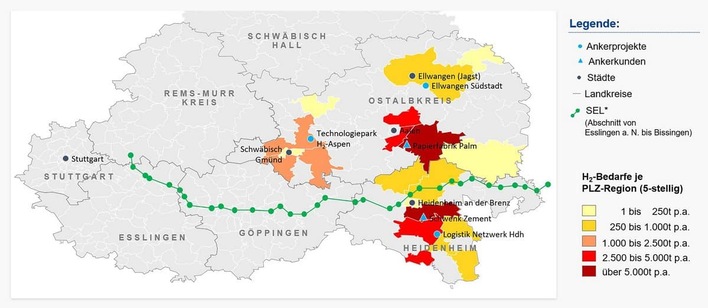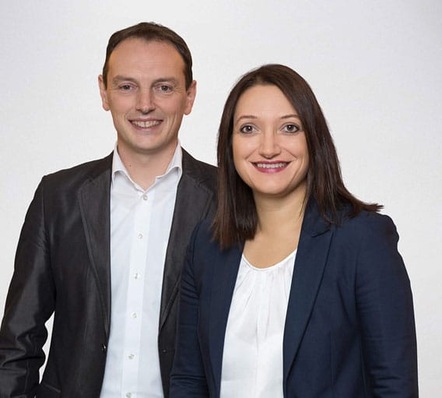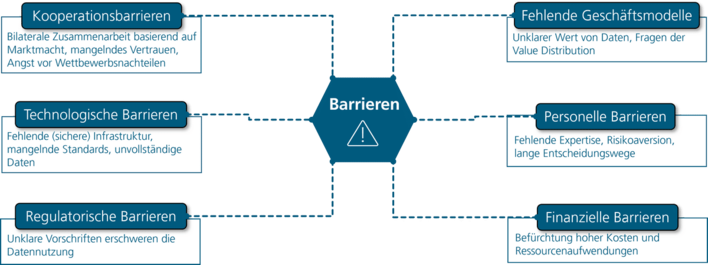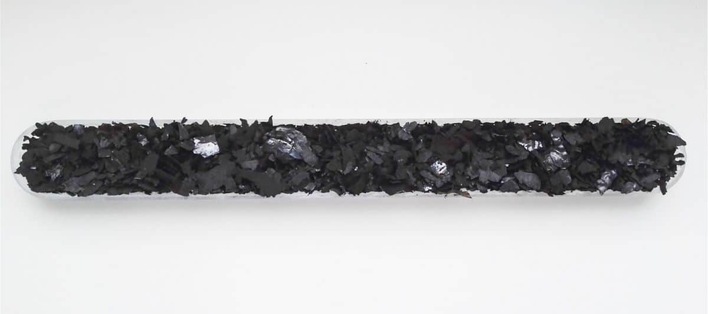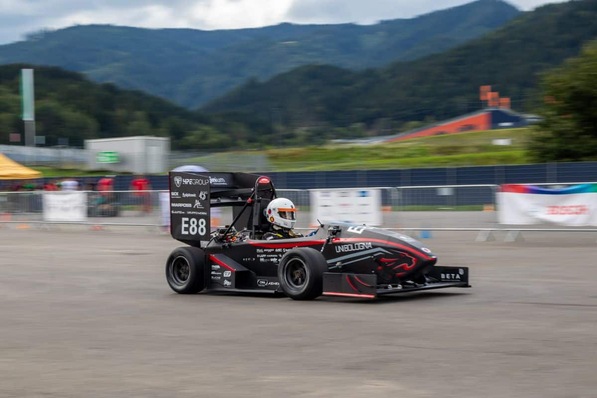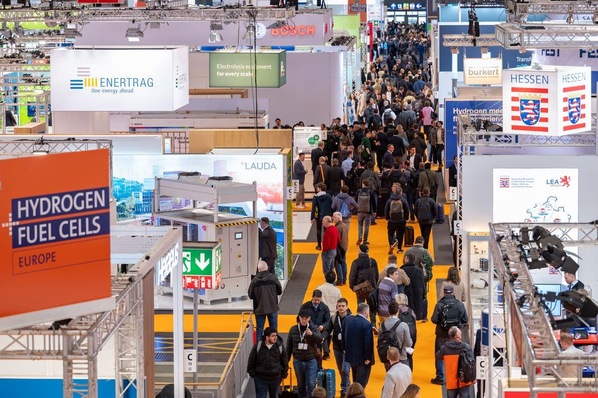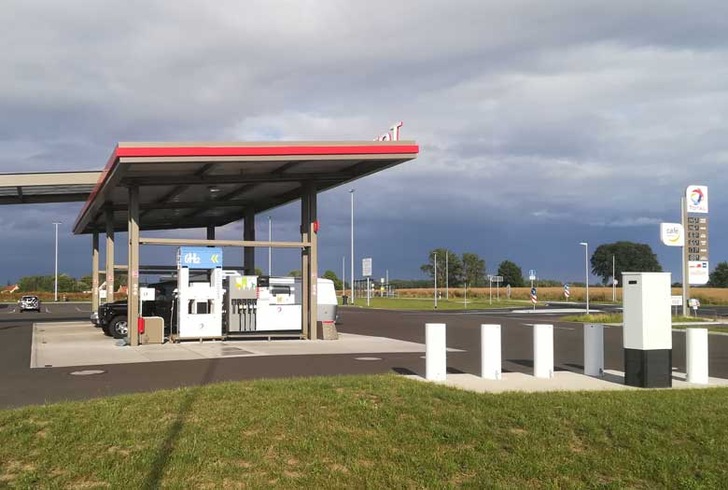
The original target of 100 German hydrogen refueling stations should have been reached by the end of 2018 – then the timeline was pushed back to mid-2020. Next came the announcement for 2021, with an adjusted goal of building 10 to 15 new forecourts a year. That figure was indeed met, the only thing being that some of the stations were disassembled or decommissioned in the previous year meaning the actual number as the year closed out was 91 – similar to the year before (February 2021: 90).
Because of the emphasis placed by the first hydrogen innovation scheme, NIP I, on research and development, each demonstration project had to be a technical one-off. Therefore all the hydrogen refueling stations constructed at that time were different and intended for testing out a range of technologies. Components that did not meet the grade are now being removed or replaced.
Extensive modifications needed
By contrast the second phase, known as NIP II, is all about market ramp-up. This is the stage in market development when tried-and-tested technology is scaled up, thereby lowering the price. The need for extra hydrogen filling stations, though, is still rather small since the number of fuel cell cars is growing at a slow pace due to a lack of supply and long lead times. That’s why the fuel station operator H2 Mobility, which is responsible for establishing Germany’s hydrogen refueling network, is focusing on developing medium-sized hydrogen stations for commercial vehicles. Running in parallel to that is work to upgrade older stations to 350 bar.
H2 Mobility said: “The location stays the same and we reuse most of the components. Only outdated or defective equipment is replaced. The exception to this is the Sachsendamm station: It’s the only “real” deconstruction happening and that’s due to the site moving to Tempelhofer Weg.” When asked about why the total number of hydrogen refueling stations appears to be stagnating, the response was: “Because the work involves extensive modifications and you can’t fill up for several months, we remove the HRS from the map and change it back to blue.” On the H2.Live map, blue stands for “in progress.”
Author: Sven Geitmann



